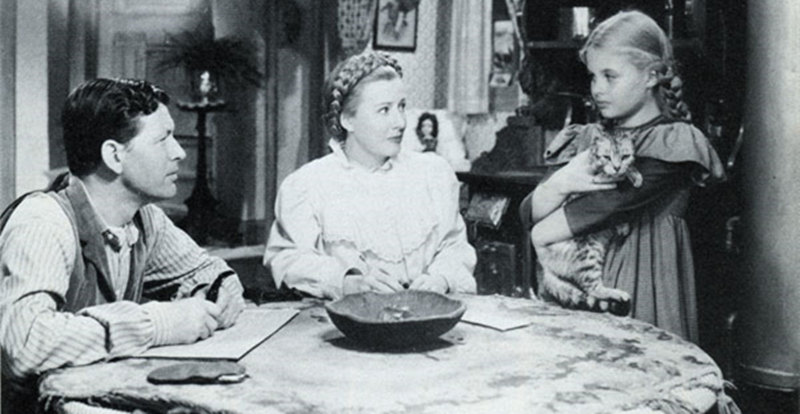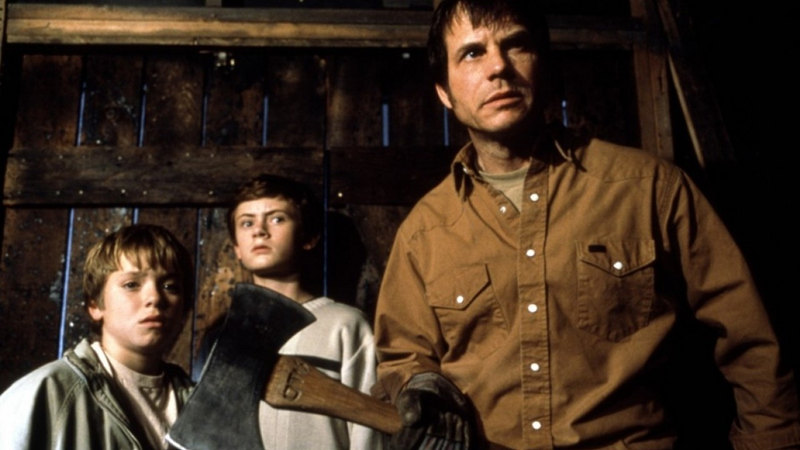“10 Buildings That Changed America” does exactly what it says on the label—a modest chronological survey of ten cornerstones of American architectural style, starting with Thomas Jefferson’s Virginia State Capitol, and ending more than 200 years later with Frank Gehry’s Disney Concert Hall in Los Angeles.
Many of the usual suspects appear– Frank Lloyd Wright’s Robie House in Chicago, the Seagram Building of Mies Van Der Rohe in New York City. The filmmakers examine Louis Sullivan’s Wainwright Building in St. Louis as the first cohesive skyscraper that used height as an “aesthetic idea.” I learned that H.H. Richardson designed Trinity Church in Boston as an “envelope” for the voice of its rector and noted public Philips Brooks. Its Romanesque style, with the rough look of the stone facings and its solid, earthbound tower, was greatly influential on many other churches and libraries.
I also learned that Rohe’s glass and steel structure celebrated its steel frame construction method and skeleton rather than hiding it behind stone facades, which was an important step toward an American style of architecture. The soul-less nature of the carbon-copies that came after the Seagram building is a subject for another less “ain’t progress grand” film.
“10 Buildings” also examines less famous but equally influential buildings like Albert Kahn’s Ford Plant in Highland Park, Michigan. Its huge enclosed factory floor, wide expanse of wall glass, and open space design gave room for Henry Ford to experiment with his new assembly line concept, where workers could revel in doing the same repetitive task for hours on end. Hooray! Victor Gruen’s Southdale Center in Edina, Minnesota was the first modern indoor mall, and surprisingly was conceived as a Socialist utopian vision of community gathering place. Shoppers of the world unite!
Thought clearly aimed at middle and high school classrooms, “10 Buildings” is a somewhat useful introductory survey of some very broad architectural trends and concepts, even for adults. Architectural historians speak intelligently, if briefly, about each site, and there are nuggets of entertaining background information about each building and the architects who designed them. It’s briskly edited and paced, perfect for short attention span 7th graders. It’s really just scratching the surface of what makes each building unique, a Twitter-esque version of American architectural history.
The best segment is the examination of the house Robert Venturi built for his mother in Philadelphia, with its shorthand explanation of Venturi’s “embrace of confusion” in its stairs that lead nowhere, and its façade that hides the roof and chimney. Seeing and hearing Venturi himself talk about the building puts a human face on the conceptual scheme.
You also get to hear from probably America’s most famous living architect Frank Gehry, speaking about his Disney Concert Hall in Los Angeles, with its signature stainless steel sails that form the outside shape, and pioneering use of computer technology in modern design.
But its cutesy musical score and “isn’t learning FUN?” didactic tone are kind of irritating, and its deliberately limited scope prevents anything deeper than flat generalizations.
Video:
“!0 Buildings” is presented in Widescreen, and picture quality is satisfactory for its undemanding aims. There is an English SDH subtitle track for the main feature, but not for the extras.
Audio:
The audio track is stereo 2.0, and is adequate for the limited purposes of voice-over narration and interviews.
Extras:
4 short featurettes of limited interest:
- “Virginia Sate Capitol and the Civil War”—its role in, and survival of, the Civil War
- “Trinity Time Capsule”— an interesting short about the finding of historical documents related to the restoration of the building in the 1950s.
- “The Wainwright Tomb”—Bellefontaine, where Wainwright is buried, along with many historical figues related to the Westward expansion of America.
- “Early Designs of Frank Lloyd Wright”—further detail about Wright’s design elements and style in his pre-Robie House buildings
- A DVD-Rom curriculum guide in PDF form is accessible by plugging the disc into your computer.
Parting thoughts:
An educational video designed for classroom use, “10 Buildings” is a fast-paced shorthand survey of American architectural styles, useful for novices and only modestly informative for anyone else.


